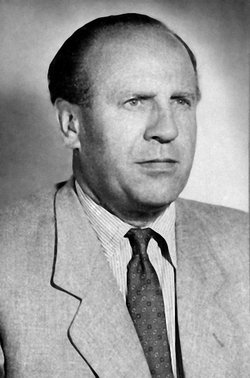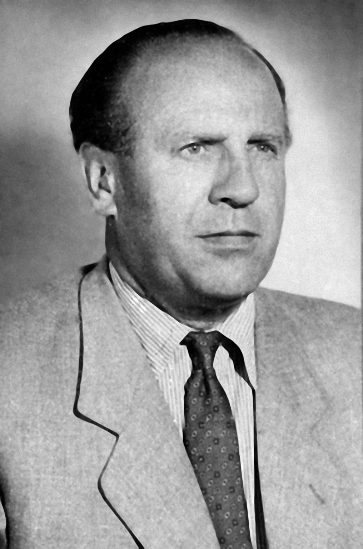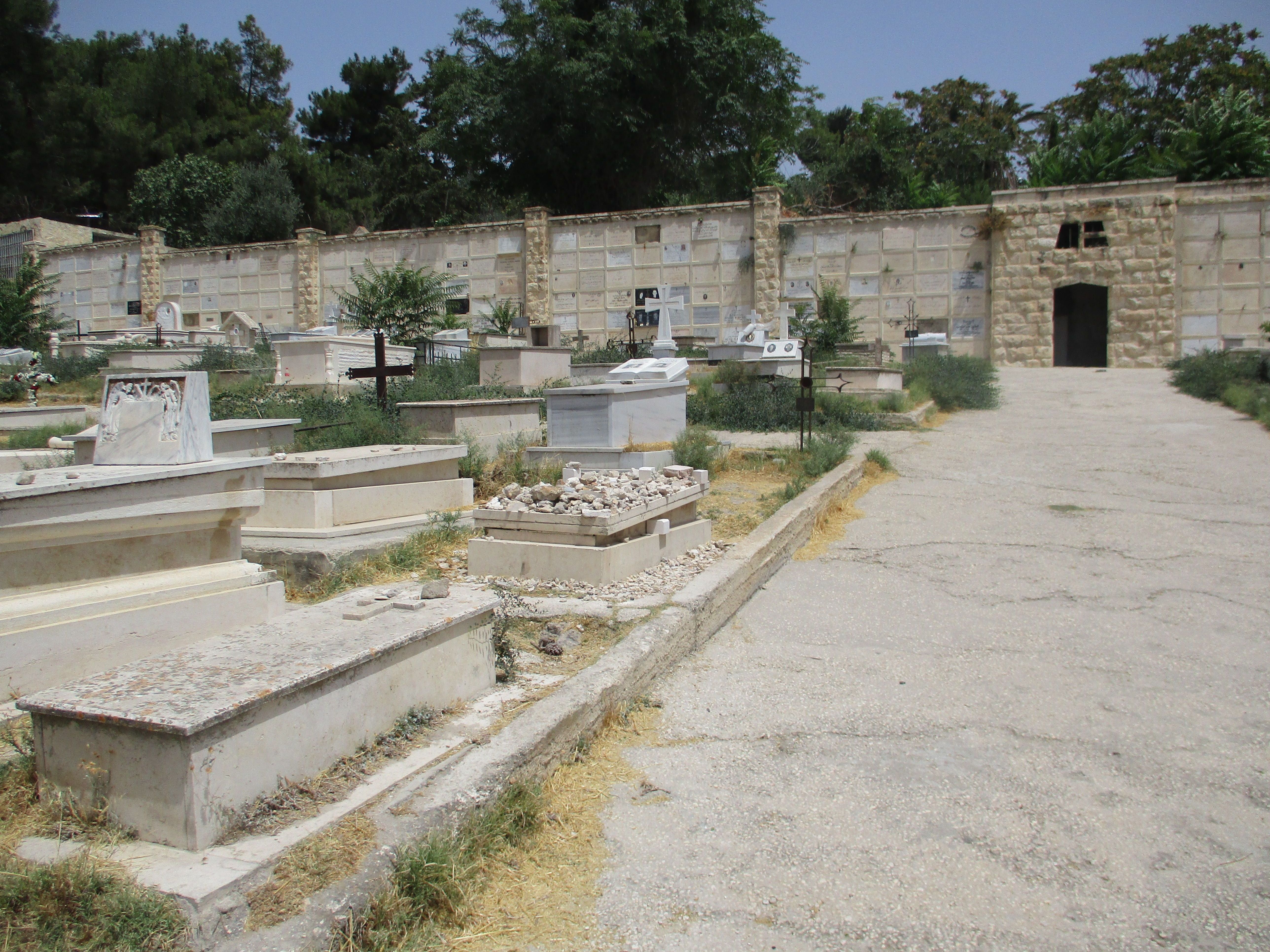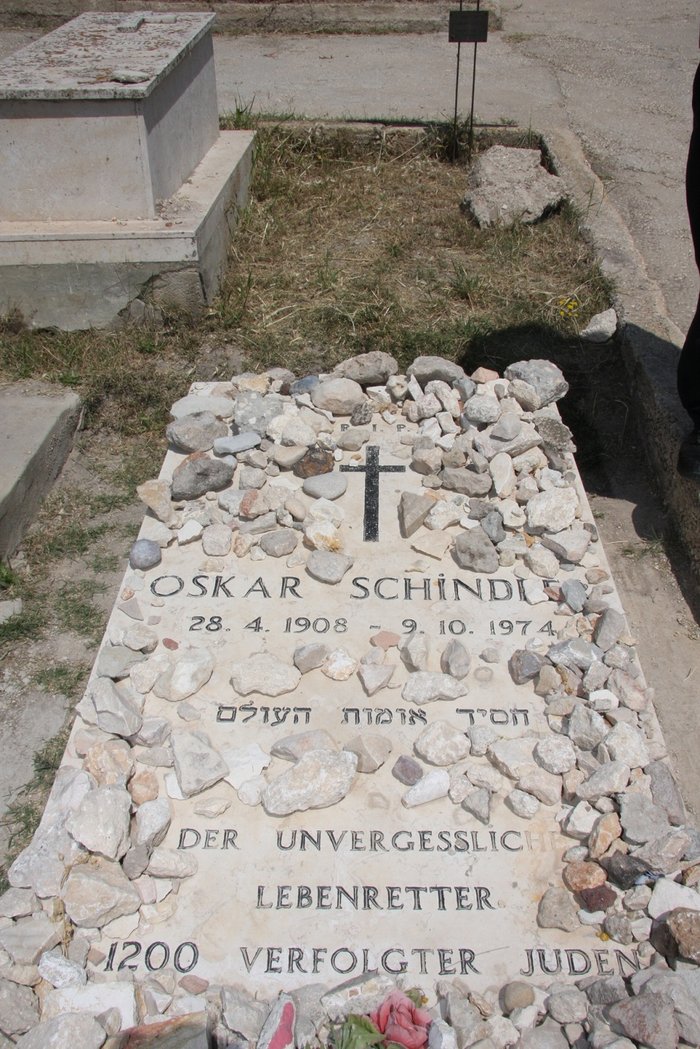World War II Figure. He gained international recognition for his actions during World War II when he helped to save 1,200 Jews from the Nazi death camps. His story was dramatized in the 1993 Steven Spielberg movie, "Schindler's List", which received 7 Academy Awards and was an adaption of a 1982 non-fiction novel "Schindler's Ark" by Australian author Thomas Keneally. An ethnic German, he was born in Zwittau, Austria-Hungary, which is in the 21st a part of the Czech Republic. On March 6, 1928, he married Emilie Pelzl, who then accompanied him for the majority of his life, and later aided him in caring for the Jews. In 1930, the family manufacturing business went bankrupt as the Great Depression hit Germany. Finding himself jobless, he sought work as a machinery salesman in Poland, Germany, and Austria. In 1939, he joined the Nazi Party, as party membership helped him to obtain business contracts and not ideological affinity. For a short time, he worked for German Naval Intelligence, which gave him invaluable contacts in later business dealings. For his politics, he was arrested once. In December of 1939, Schindler moved to Krakow, in occupied Poland, to start a business. Hard-drinking, womanizing and friendly with the occupation Nazi authorities, he dreamed big and played hard, receiving contracts from his connections high-up in the occupation government. He established a formerly Jewish-owned enamelware factory in Krakow to make enamel pots and pans for the German Army, and used Jews as his labor force. When he discovered the Jews were to be exterminated, he established his factory as a sub-camp of the Plazow Labor Camp, and kept the Jews safe from brutality. By then, his wife had joined him in Krakow, and aided him in caring for his "Schindlerjuden." In October of 1944, as the Russian Army approached Krakow, he moved his workforce to Brunnlitz, Austria, where he established a factory to make tank shells. By bribing the authorities, his factory made no shells at all, and he spent his entire fortune buying medicine and food to keep his workforce alive. By the end of the war, an estimated 1,200 Jews were saved from extermination. At the end of the war, he found himself a target of Nazi extremists and his German citizenship was revoked. He and his wife eventually moved to Argentina, settling with Jews that he had saved and where he ran a farm. In 1957, he abandoned Emilie in Argentina, never to see her again, to return to Germany to start a cement factory. Eventually, his wife returned to Germany where she died in 2001. For her participation, his wife was awarded the "Righteous among the Nations Award" by Israel's Yad Vashem Holocaust memorial in 1993. In 1962, he was invited to plant a tree in the Avenue of the Righteous in Jerusalem, which brought his story to the German press, and as a result, he was harassed in the streets by Nazi sympathizers, who considered him a traitor. Eventually, his business failed, and he died in poverty in 1974 of liver failure. Even with his shortcomings, the Hollywood film rightfully gave him recognition for his humane acts during the war.
World War II Figure. He gained international recognition for his actions during World War II when he helped to save 1,200 Jews from the Nazi death camps. His story was dramatized in the 1993 Steven Spielberg movie, "Schindler's List", which received 7 Academy Awards and was an adaption of a 1982 non-fiction novel "Schindler's Ark" by Australian author Thomas Keneally. An ethnic German, he was born in Zwittau, Austria-Hungary, which is in the 21st a part of the Czech Republic. On March 6, 1928, he married Emilie Pelzl, who then accompanied him for the majority of his life, and later aided him in caring for the Jews. In 1930, the family manufacturing business went bankrupt as the Great Depression hit Germany. Finding himself jobless, he sought work as a machinery salesman in Poland, Germany, and Austria. In 1939, he joined the Nazi Party, as party membership helped him to obtain business contracts and not ideological affinity. For a short time, he worked for German Naval Intelligence, which gave him invaluable contacts in later business dealings. For his politics, he was arrested once. In December of 1939, Schindler moved to Krakow, in occupied Poland, to start a business. Hard-drinking, womanizing and friendly with the occupation Nazi authorities, he dreamed big and played hard, receiving contracts from his connections high-up in the occupation government. He established a formerly Jewish-owned enamelware factory in Krakow to make enamel pots and pans for the German Army, and used Jews as his labor force. When he discovered the Jews were to be exterminated, he established his factory as a sub-camp of the Plazow Labor Camp, and kept the Jews safe from brutality. By then, his wife had joined him in Krakow, and aided him in caring for his "Schindlerjuden." In October of 1944, as the Russian Army approached Krakow, he moved his workforce to Brunnlitz, Austria, where he established a factory to make tank shells. By bribing the authorities, his factory made no shells at all, and he spent his entire fortune buying medicine and food to keep his workforce alive. By the end of the war, an estimated 1,200 Jews were saved from extermination. At the end of the war, he found himself a target of Nazi extremists and his German citizenship was revoked. He and his wife eventually moved to Argentina, settling with Jews that he had saved and where he ran a farm. In 1957, he abandoned Emilie in Argentina, never to see her again, to return to Germany to start a cement factory. Eventually, his wife returned to Germany where she died in 2001. For her participation, his wife was awarded the "Righteous among the Nations Award" by Israel's Yad Vashem Holocaust memorial in 1993. In 1962, he was invited to plant a tree in the Avenue of the Righteous in Jerusalem, which brought his story to the German press, and as a result, he was harassed in the streets by Nazi sympathizers, who considered him a traitor. Eventually, his business failed, and he died in poverty in 1974 of liver failure. Even with his shortcomings, the Hollywood film rightfully gave him recognition for his humane acts during the war.
Bio by: Kit and Morgan Benson
Inscription
(Hebrew inscription translated to English)
OSKAR SCHINDLER, RIGHTEOUS AMONG THE NATIONS
(German inscription translated to English)
OSKAR SCHINDLER, THE UNFORGETTABLE LIFESAVER OF 1200 PERSECUTED JEWS
Family Members
Advertisement









